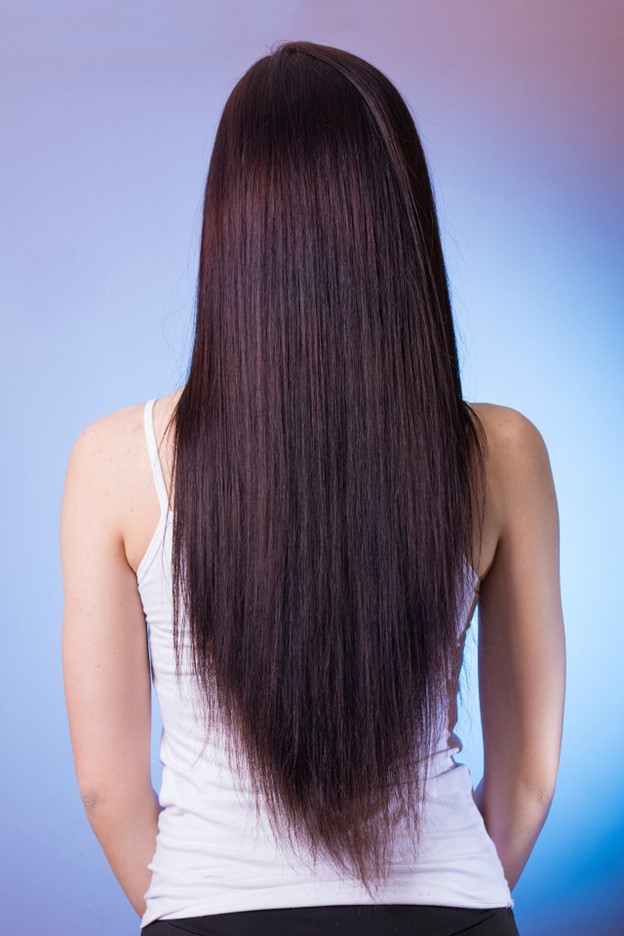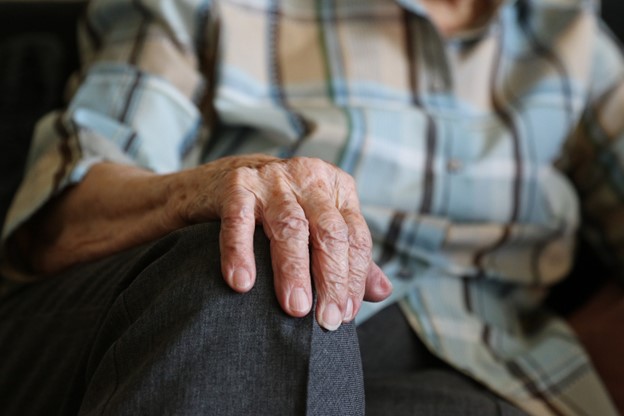Now Reading: Legal Basis for Taking Action Against the Hidden Dangers of Hair Straighteners
-
01
Legal Basis for Taking Action Against the Hidden Dangers of Hair Straighteners

Legal Basis for Taking Action Against the Hidden Dangers of Hair Straighteners
Hair straighteners have become a popular beauty tool for many people around the world, especially among women. However, these devices can pose significant hidden dangers to users if not used carefully. These risks include burns, fires, and other accidents, which can cause severe injuries or even death.
As such, it is essential to understand the legal basis for taking action against these hidden dangers to protect consumers.
The Hidden Dangers of Hair Straighteners
Hair straighteners are electronic devices that use heat to straighten hair. They work by heating ceramic or metal plates, which then press against the hair strands, straightening them out. While these devices are useful, they pose significant risks to users.
One of the primary dangers of hair straighteners is burns. The hot plates of the device can cause severe burns to the scalp, ears, and neck if not used carefully. Furthermore, the device’s high temperature can also cause the hair to become damaged, leading to hair breakage, split ends, and dryness.
Another risk associated with hair straighteners is fire. These devices use electricity to generate heat, making them susceptible to overheating and sparking. If left unattended or used incorrectly, hair straighteners can cause fires that can quickly spread and cause significant damage to homes and properties.
The Legal Basis for Taking Action
Governments around the world have recognized the hidden dangers associated with hair straighteners and have put in place various regulations to protect consumers. These regulations provide a legal basis for taking action against manufacturers, distributors, and sellers of hair straighteners that fail to comply with safety standards.
One of the main regulatory bodies responsible for enforcing safety standards for hair straighteners is the Consumer Product Safety Commission (CPSC) in the United States. The CPSC has set mandatory safety standards for hair straighteners to protect consumers from the risks associated with these devices. Manufacturers and importers of hair straighteners must comply with these standards before selling or distributing their products in the United States.
In addition to the CPSC, other regulatory bodies around the world have also set safety standards for hair straighteners. These bodies include the European Union’s (EU) Consumer Product Safety Commission and the International Electrotechnical Commission (IEC). These standards cover various aspects of hair straighteners’ design, manufacture, and use, including temperature controls, materials used, and warning labels.
Legal Remedies for Victims
Consumers who have suffered injuries or damages as a result of using hair straighteners can seek legal remedies from manufacturers, distributors, or sellers of these devices. Legal remedies available to victims of hair straightener accidents include product liability claims, negligence claims, and breach of warranty claims.
Product Liability
Product liability claims are a legal remedy available to consumers who have suffered injuries or damages as a result of a defective hair straightener. These claims hold the manufacturer, distributor, or seller of the product liable for any harm caused by the defective device. To succeed in a product liability claim, the consumer must show that the hair straightener was defective and that the defect caused the harm suffered.
Negligence
Negligence claims are another legal remedy available to consumers who have suffered injuries or damages as a result of a hair straightener accident. Negligence claims hold the manufacturer, distributor, or seller of the product liable for any harm caused by their failure to take reasonable care in designing, manufacturing, or selling the device. To succeed in a negligence claim, the consumer must show that the manufacturer, distributor, or seller of the hair straightener failed to take reasonable care in their actions.
Breach of Warranty
Breach of warranty claims are also available to consumers who have suffered injuries or damages as a result of a hair straightener accident. These claims hold the manufacturer, distributor, or seller of the product liable for any harm caused by a breach of warranty, such as a failure to provide a safe and effective product. To succeed in a breach of warranty claim, the consumer must show that the hair straightener failed to meet the manufacturer’s warranty.
Preventing Hair Straightener Accidents
While legal remedies are available to consumers who have suffered injuries or damages as a result of a hair straightener accident, prevention is always better than cure. To avoid hair straightener accidents, consumers should follow some basic safety guidelines when using these devices.
- First, consumers should always read the manufacturer’s instructions before using the hair straightener. These instructions provide valuable information on how to use the device safely, including tips on temperature control, recommended hair types, and how to avoid burns and other injuries.
- Consumers should always ensure that the hair straightener is in good working condition before using it. This includes checking for any damage to the device, ensuring that the cord is not frayed or damaged, and verifying that the temperature controls are working correctly.
- Consumers should never leave the hair straightener unattended while it is on. This can cause the device to overheat and potentially lead to a fire or other accidents.
- Consumers should always use a heat-resistant mat or surface when using the hair straightener. This can help prevent accidents such as burns and fires by providing a safe place to rest the device when not in use.
We’re Here to Help
Hair straighteners are popular beauty tools that have become ubiquitous in many households. However, these devices can pose significant hidden dangers to users, including burns, fires, and other accidents. Governments around the world have recognized these risks and have put in place various regulations to protect consumers.
Additionally, consumers who have suffered injuries or damages as a result of using hair straighteners can seek legal remedies from manufacturers, distributors, or sellers of these devices. To prevent hair straightener accidents, consumers should always follow basic safety guidelines when using these devices. By taking these precautions, consumers can enjoy the benefits of hair straighteners without putting themselves or others at risk.
Friedman & Simon can give you a free consultation on your case, so call today.











